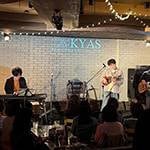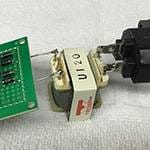This time, I’m going to talk about the parts in electric guitars, basses, and effects pedals. Let’s start with the volume pot, which is a frequently replaced part.
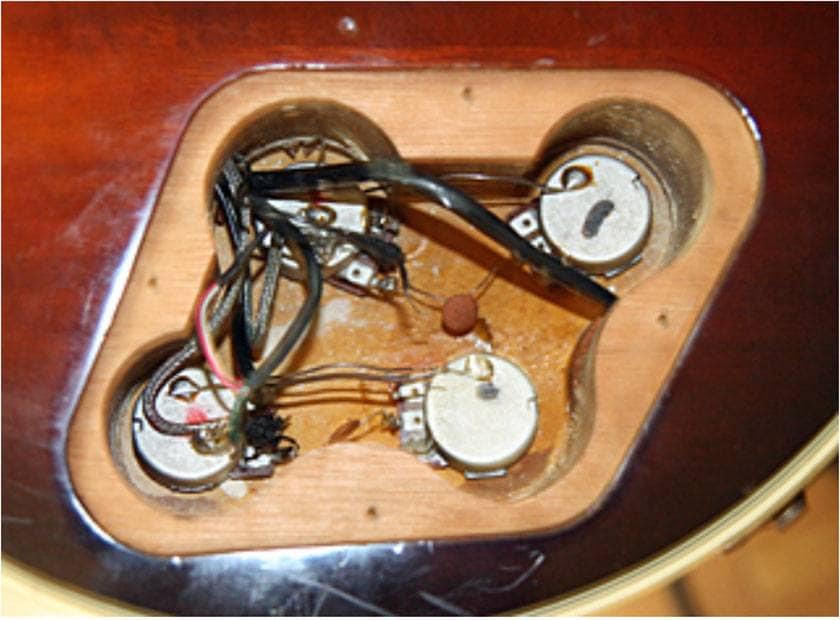
There are a couple different resistance values for guitar and bass volume pots. The best choice can be made according to the pickup and circuit used on the instruments.
For example, as a theory, the 250KΩ pot is for the Fender-type passive single-coil pickup without a preamp, and the 500KΩ pot is for the Gibson-type humbucker.
But why do these resistance values matter?
I failed to mention the output impedance in the pickups because it is so difficult to explain, but getting straight to the point, a pot with any resistance value can be used but it changes the sound.
As an easy example, a 250KΩ pot for a humbucker has less treble than using a 500KΩ pot.On the contrary, using a 500KΩ pot for a single-coil pickup causes it to easily pick up noise (high frequencies are also slightly emphasized).
In fact, Gibson guitars once used a 300KΩ pot for their guitars in the late 1970’s.
It was not that they used a 300KΩ pot for the mini humbucker or a P-90 pickup, but because the sound quality of the humbucker that was revived in 1976 was trebly. Gibson intended to fix the sound quality by changing the resistance of the pot.
(Actually, Gibson made a lot of trial and error in the development of the pickup, and it was Seth Lover who developed the first humbucker, but after that Bill Lawrence and Japanese designers made pickups with various sound quality.)
Another resistance value that should not be forgotten is the 25KΩ pot that is 1/10 resistance of the pot for the single-coil pickup. This is used for pickups with low output impedance such as active and EMG pickups or for active circuit preamps.
Well, I roughly explained the resistance value of the pot, but which manufacturers’ pots are there? What is their sound quality?
The first one is the CTS pots made in the USA (to be precise, it’s currently made in Mexico)
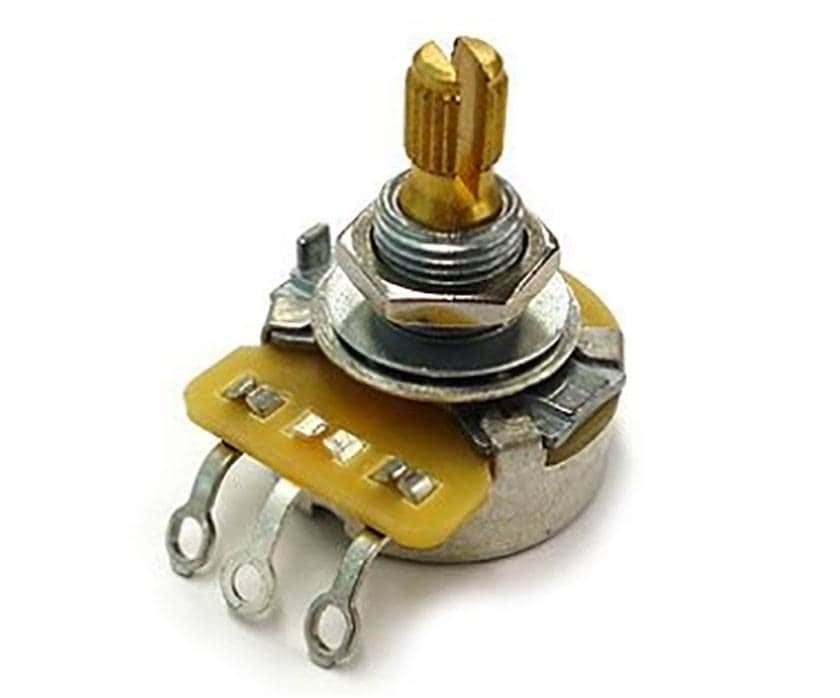
The CTS pot is one of the major guitar/bass replacement pots.
Most of the CTS pots currently on the market are made for general purposes, but they also manufacture pots according to the JAN code standard (compliant with the military standard) products and pots with various specifications.
The sound quality is fat and voluminous. Many guitar makers use it because it doesn’t spoil the power of the pickup much.
2.Next are the AB (Allen Bradley) and CLAROSTAT pots

Both are used in equipment that especially requires reliability and durability such as precision machinery and high-end audio equipment. The AB and CLAROSTAT pots are often used in wah pedals.
The USA-made SCHECTER from the 1990’s and ALEMBIC by Ron Wickersham also installed the AB and CLAROSTAT pots in their guitars and basses.
AB and CLAROSTAT pots rarely spoil the input signal with completely uncolored sound quality. It outputs even the subtle fricative sounds. The quality is also extremely durable and reliable, so it has even been used by NASA for their equipment.
The negative point is that it is difficult to find and the price is high.
3. This is the one I’m currently interested in the most; the MEC pots made in Germany.
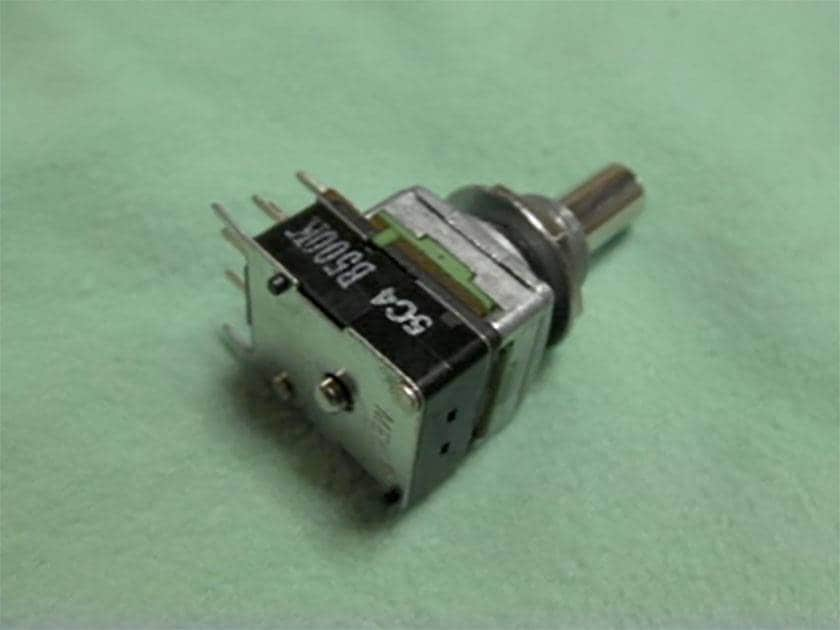
There is only a small quantity available but it has become available in Japan lately.br /> It is used for WARWICK basses, but in fact, SCHECTER also used their volume pots more than 20 years ago.
The MEC pots are made in Germany and as expected, the sound is so natural and there are no exaggerations in the sound. It’s a very smooth sound.
In addition, the rotation feel and resistance value are even and smooth as well, and the hardness is just right.
The switch pot doesn’t protrude more than necessary and it will give you a good impression with the luxurious touch.
What do you think?
I picked a few brands of volume pots to introduce this time, but there are a lot more pot manufacturers than I had time to list.
ALPS, NOBLE, Nippon Ko-on Denpa, and Copal are famous Japanese manufacturers. Overseas manufacturers such as Stackpole, Bourns, and Alpha are very famous.
Even if it is just a pot, each one has its own tone quality characteristic. Find a pot that suits your equipment.






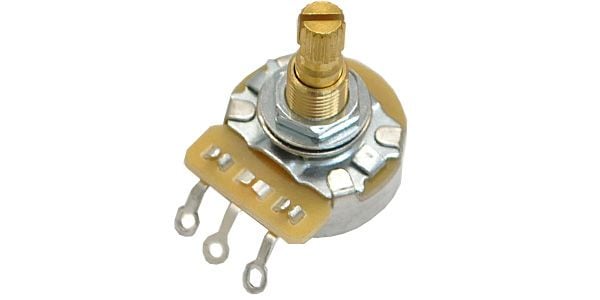
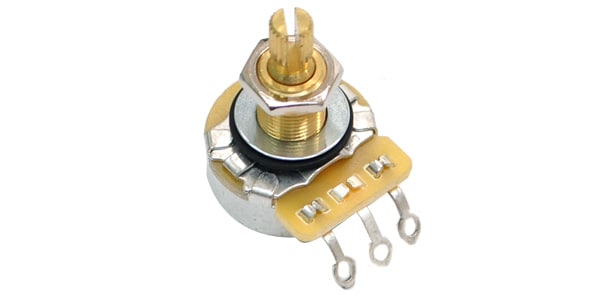
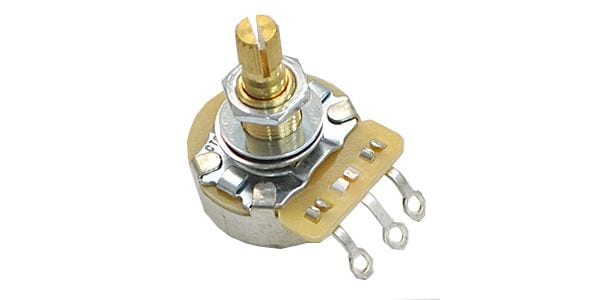
![MONTREUX / CTS A250K vintage style [8055]](/images/shop/prod_img/m/mont_8055e.jpg)
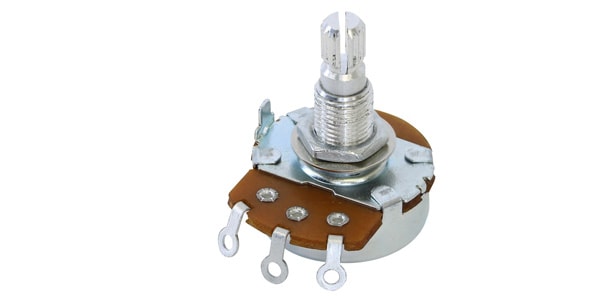
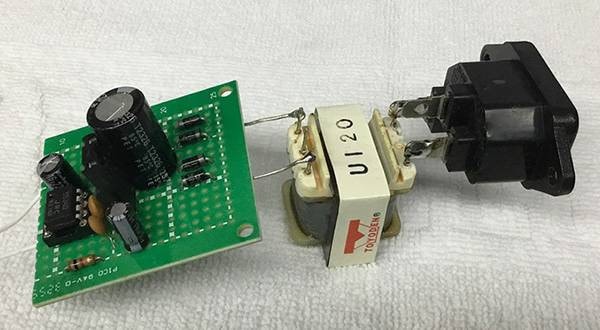
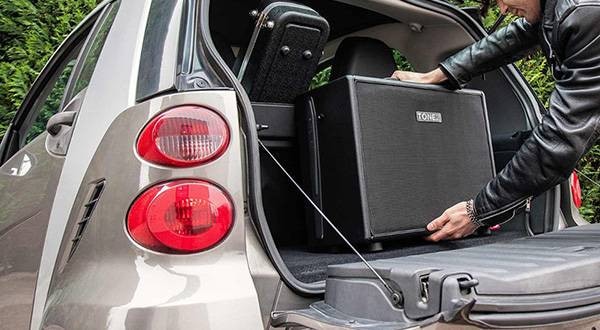
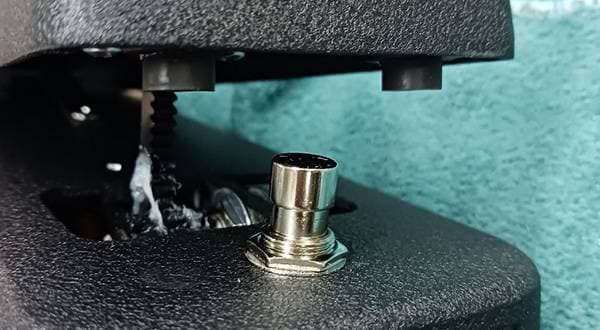
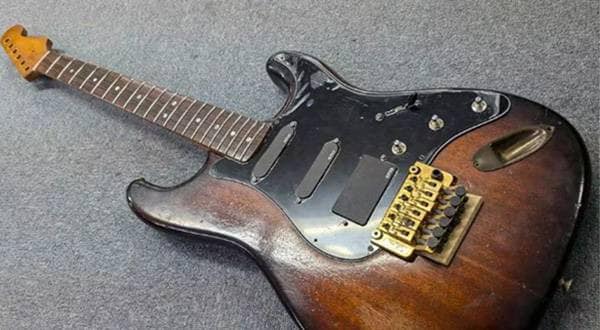
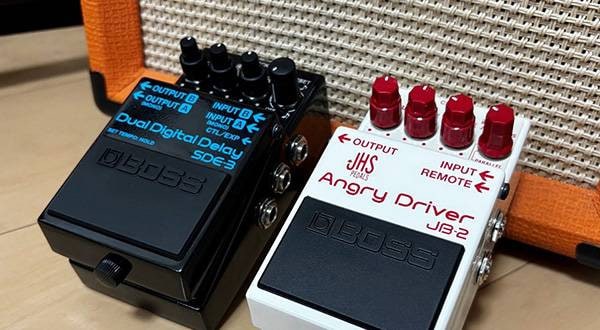
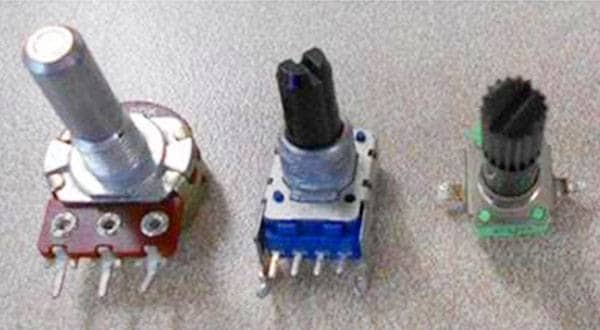
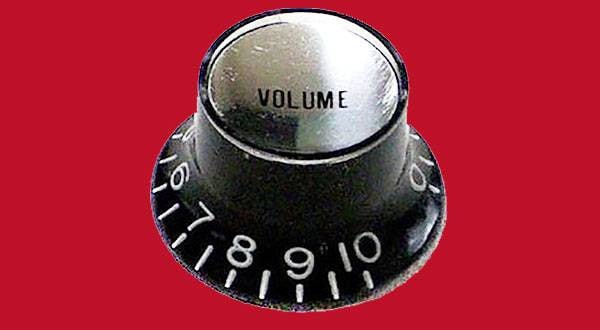
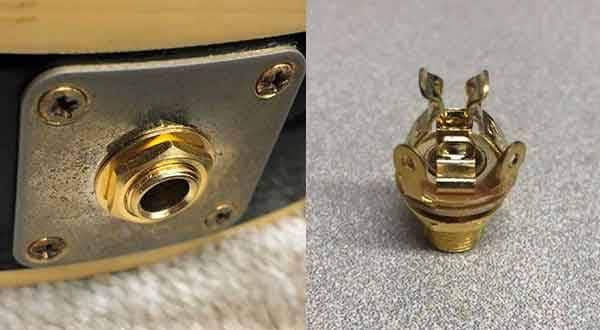
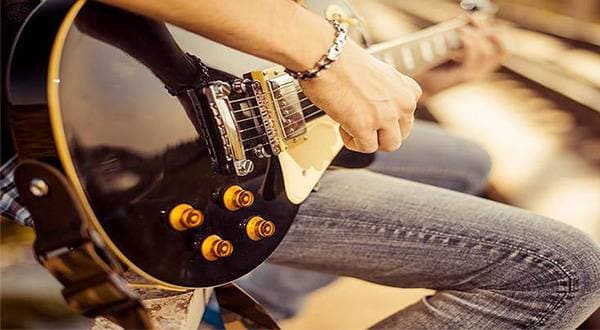
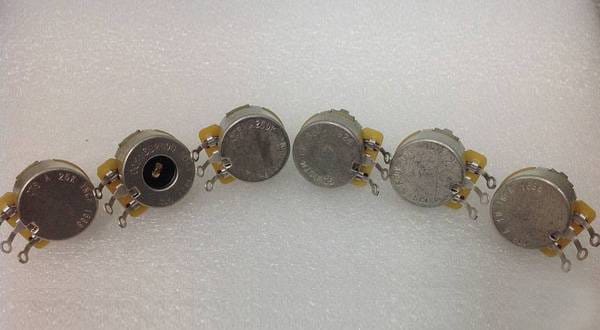
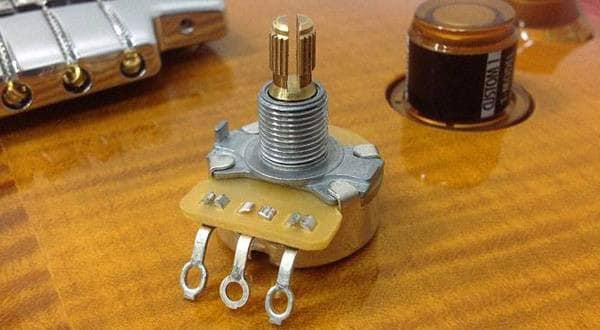
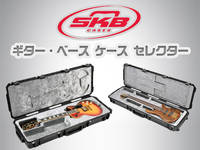 SKB ギター・ベースケースセレクター
SKB ギター・ベースケースセレクター
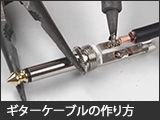 ギターケーブルの作り方
ギターケーブルの作り方
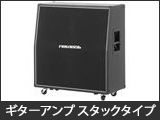 ギターアンプ スタックタイプ編
ギターアンプ スタックタイプ編
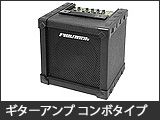 ギターアンプ コンボタイプ編
ギターアンプ コンボタイプ編
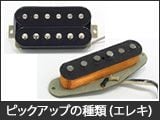 ピックアップの種類(エレキギター)
ピックアップの種類(エレキギター)
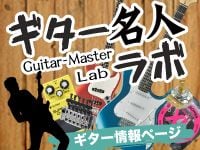 ギター名人ラボ
ギター名人ラボ

